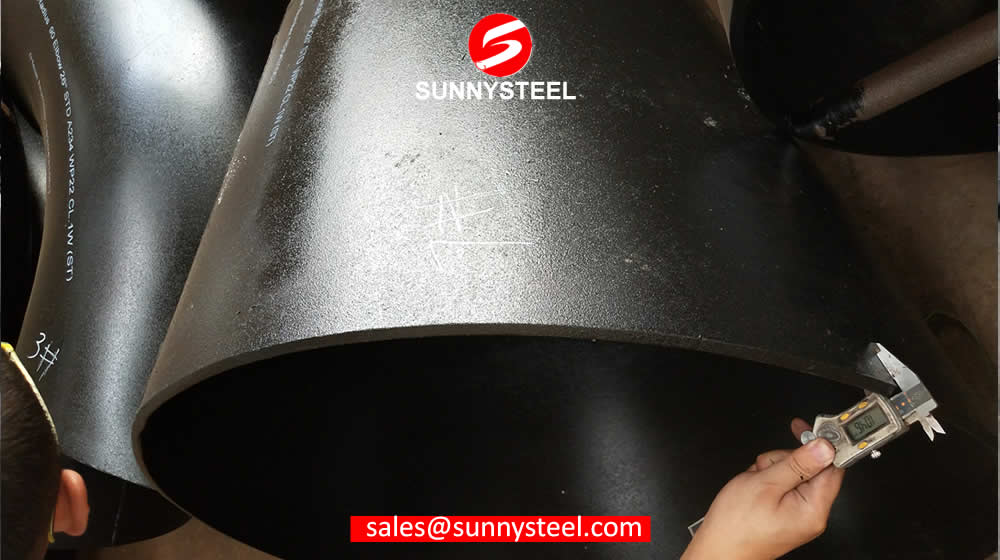How to Calculate a Pipe Bend?
Pipe fittings are necessary to join together pipes, or to change the direction of an existing pipe. Pipes and pipe fittings are made of a variety of materials, depending on the fluid or gas being transported. Most pipe fittings tend to be either threaded or able to slip over the pipes they connect. Whether you are using steel pipes of PVC pipes, a chemical solvent is required to create a seal between the pipe and the fittings.
Measure the required length of the pipe to be installed, keeping in mind the extra length required where the pipe will be inserted into the fitting. Mark this length on the pipe.
How to Calculate a Pipe Bend
Whether you are bending pipe for running electrical conduit or a metal project, calculating the bend for the start and end point can be an important factor. While there are different types of pipe benders on the market, they all share a common identification for the operation. Identified on all pipe benders is the size of pipe the unit will bend along with a number called the “take up.” The take up measurement is used for adding or deducting an allowance in the overall length of the bend. By following a basic process, you can calculate pipe bends regardless of the type of bender or the diameter of pipe.
Identify the take up measurement that is located on the pipe-bending shoe itself. This is the addition or deduction of measurement to the length of pipe from the front mark on the bending shoe. Also be aware that there is a second center-of-bend mark located approximately in the center of the bending shoe. Also located along the running length of the shoe are angle markings with lines. These numbers and lines correspond to actual angles that can be bent into the pipe by aligning the pipe with the angled line marked on the outside of the shoe.
Bend a 90-degree angle on a ½-diameter pipe with a ½-inch bender. The process will remain the same for different sized pipes and benders, but only the take up measurement will be different. Identified on the shoe for the ½-inch pipe may be the wording “stub take up 5 inches from arrow or line.” The 5 inches is the amount you will deduct from the overall length of the 90-degree bend measurement.
Use the measuring tape and pencil and place a mark at 12 inches from the end of the pipe. This will be the distance from the bend to the end of the pipe. By using the deduction measurement on the shoe, measure back 5 inches from the 12-inch mark and make a solid pencil line.
Lay the pipe on a level surface and insert the pipe into the bender. The solid pencil mark should be placed 5 inches back from the 12-inch mark and should be aligned with the front mark or arrow on the bending shoe. Pull back on the handle in a smooth motion until the pipe sits at a 90-degree position to the level surface. Place the small level against the upright portion of the pipe and check for level. This will give you a perfect 90-degree bend. Check the height of the overall bend by placing the end of the tape measure on the level base and measure the end of the pipe. It should read 12 inches exactly.
Practice with other angled bends by using the deduction measurement and the center of the bend mark on the shoe. All pipe benders may have their own quirks and slight measurement adjustments that will have to be done. The actual end result also depends on how well and secure you hold the pipe in the bender, prior to the first bend you place on the pipe.



